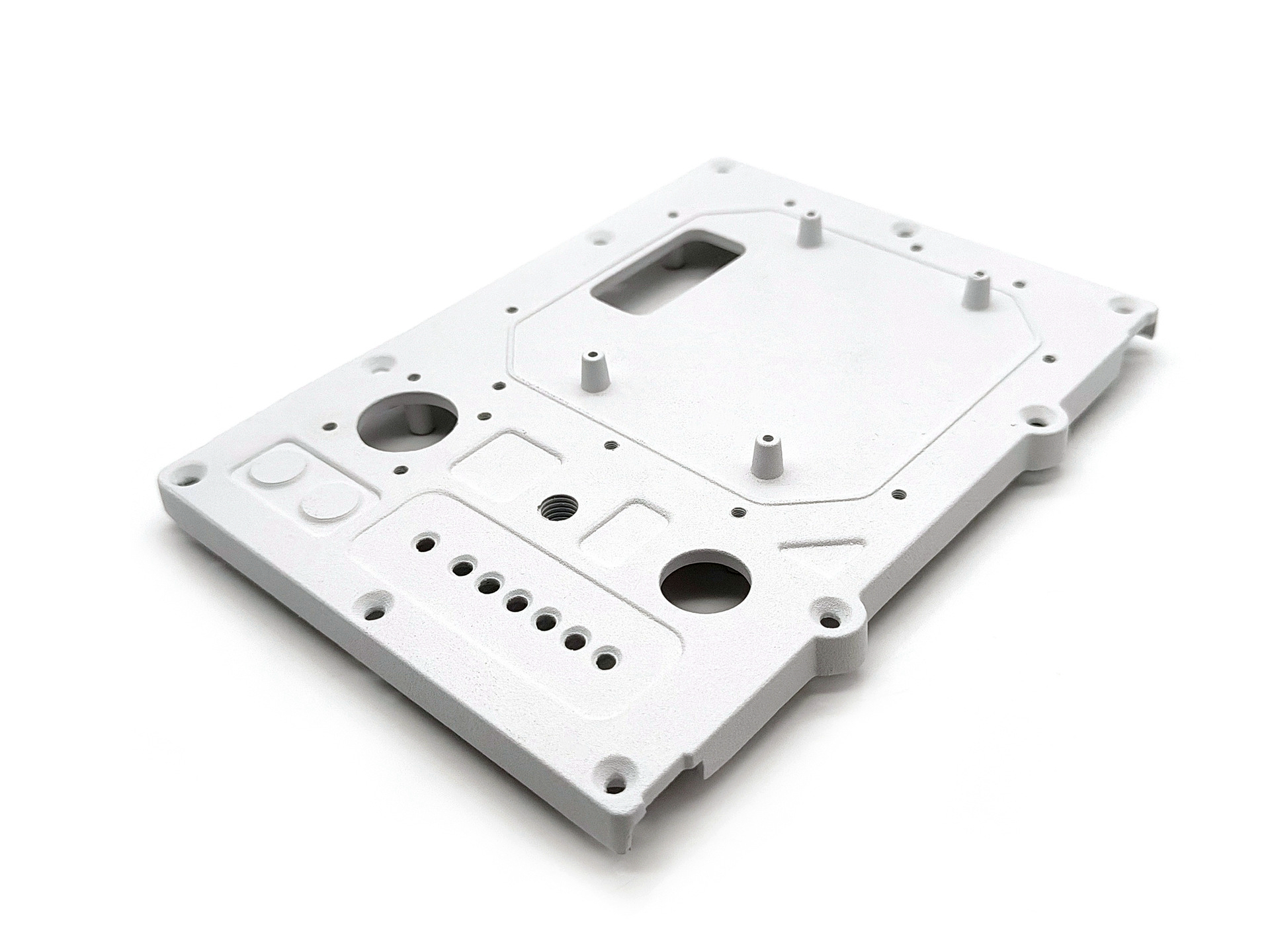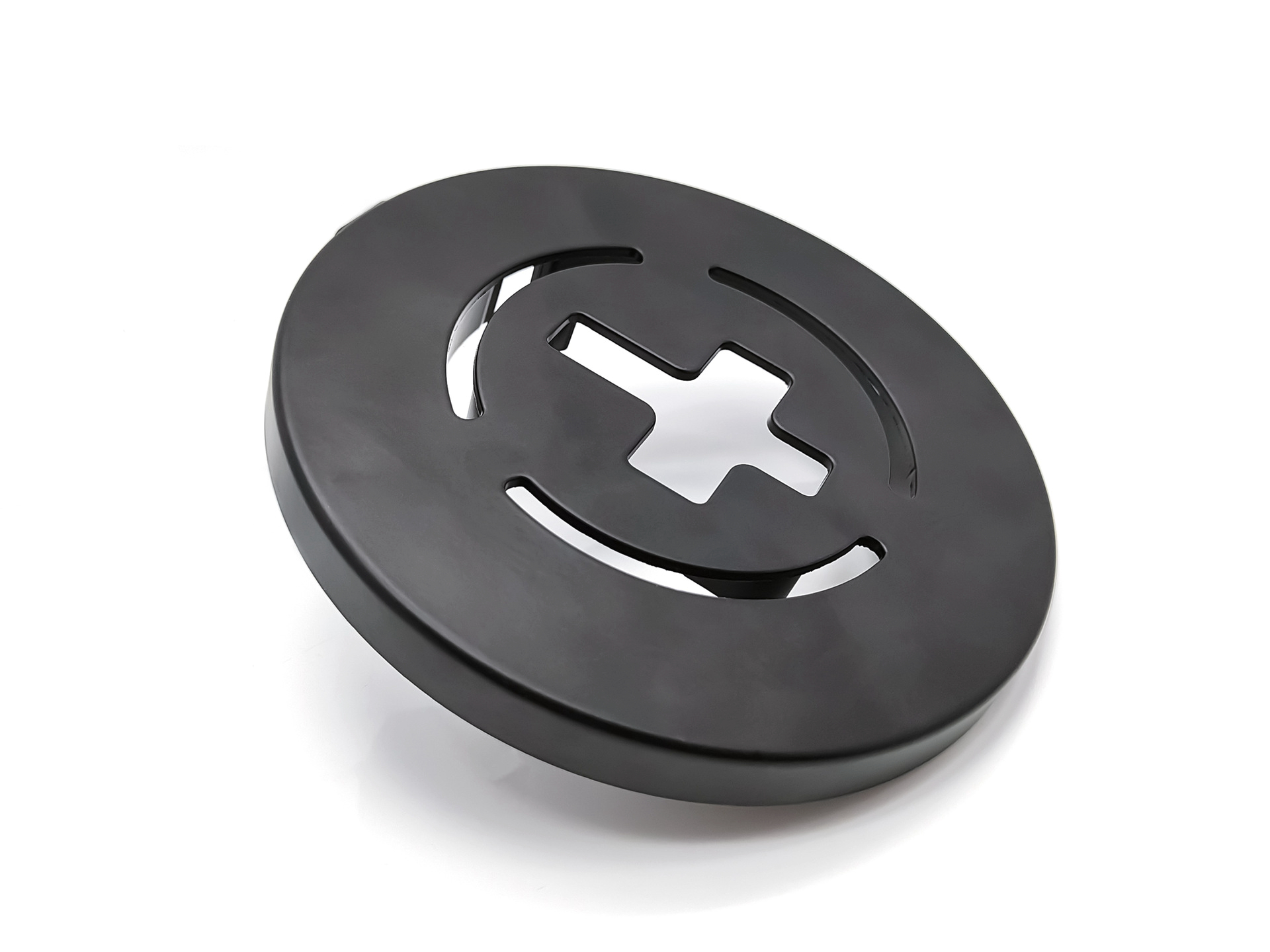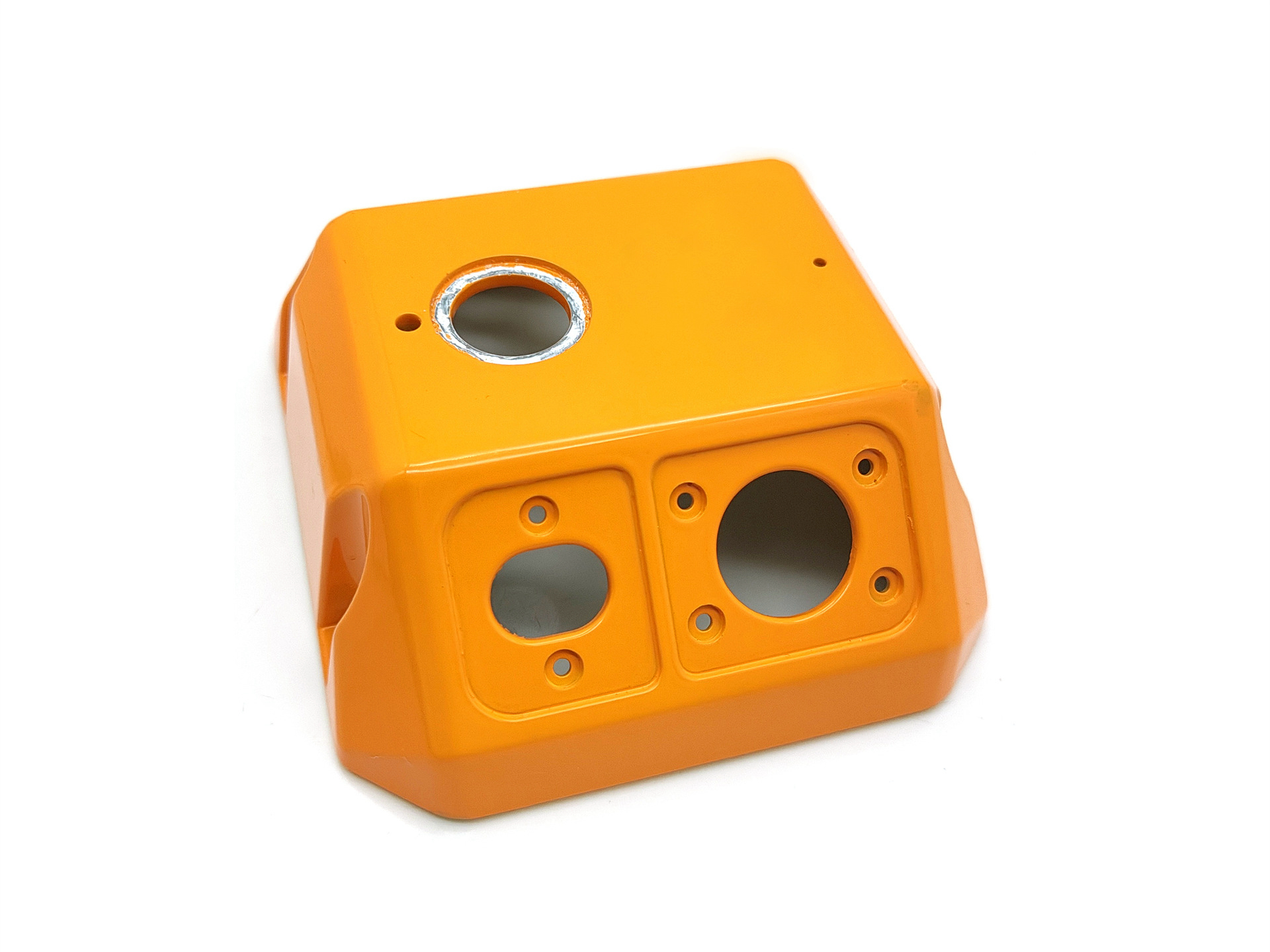What are the most durable surface treatments for cast aluminum parts?
Cast aluminum parts are widely used in automotive, aerospace, electronics, and consumer products due to their lightweight, strength-to-weight ratio, and excellent castability. However, raw aluminum surfaces are relatively soft and chemically reactive, making them prone to oxidation, wear, and surface damage over time. Various surface treatments are applied to enhance durability and prolong service life based on the part's end-use environment and performance requirements.
At Neway, selecting the proper surface treatment is critical in our post-processing for die castings workflow, ensuring components meet functional, cosmetic, and corrosion-resistance specifications.
Key Factors in Surface Treatment Selection
When evaluating durability, surface treatments are typically assessed by:
Corrosion resistance (e.g., in salt spray or marine exposure)
Wear and abrasion resistance (hardness, coating adhesion)
Thermal and UV stability
Adhesion for secondary finishing (e.g., painting, bonding)
The choice depends on the casting alloy (e.g., A380, AlSi12), surface geometry, and intended application.
Comparison of Durable Surface Treatments for Cast Aluminum
Surface Treatment | Hardness (HV) | Salt Spray Resistance (hrs) | Key Benefits | Suitable Applications |
|---|---|---|---|---|
Hard Anodizing | 400–600 | 336–1000+ | Extreme hardness, corrosion resistance | Aerospace parts, pistons, defense equipment |
Powder Coating | ~200 | 500–1000 | UV stable, impact resistant, decorative | Housings, enclosures, outdoor assemblies |
Chromate Conversion (Alodine) | N/A | 168–336 | Electrical conductivity, base for painting | Electrical enclosures, aviation components |
PVD Coating | 800–2000 | Varies by substrate | Exceptional wear resistance, low friction | Decorative parts, connectors, high-wear zones |
Electroless Nickel Plating | 500–700 | 500–1000 | Uniform coverage, excellent corrosion resistance | Precision surfaces, machined castings |
Clear Coating | <100 | 48–96 | Basic protection, cosmetic clarity | Low-cost cosmetic applications |
Hard Anodizing: The Most Robust Option
Hard anodizing (Type III per MIL-A-8625F) creates a dense, thick oxide layer up to 50–70 μm, significantly increasing surface hardness and corrosion resistance. It chemically bonds to the aluminum, creating a protective barrier that resists abrasion and chemical exposure.
Ideal for parts exposed to sliding, wear, or saltwater
Can be dyed or sealed to enhance UV stability
Anodizing services available for A380, AlSi12, and other aluminum castings
Powder Coating: Durable and Decorative
Powder coating for aluminum die castings provides a thick, continuous polymer layer cured through baking. It offers excellent adhesion, weather resistance, and impact strength, making it suitable for functional and decorative applications.
Typically applied at 60–120 μm thickness.
Available in a wide range of RAL colors and textures
Excellent for automotive trim, lighting housings, and electronics covers
Chromate Conversion Coating: Conductive and Paint-Friendly
Also known as Alodine or Iridite, chromate conversion coating is applied at 0.3–0.8 μm thickness. It preserves electrical conductivity while enhancing corrosion resistance and paint adhesion.
Meets MIL-DTL-5541F Class 3 for electrical components
Suitable for connectors, brackets, and internally fastened parts
Environmentally compliant hex-free options are available
PVD Coating: Ultra-Hard Decorative Finish
Physical Vapor Deposition (PVD) applies a micro-thin metallic or ceramic layer onto aluminum surfaces in a vacuum chamber. It delivers exceptional hardness (up to 2000 HV) and wear resistance, making it ideal for high-contact or high-friction environments.
Common materials: TiN, CrN, ZrN
Used in luxury, electronics, and wear-critical parts
Compatible with polished aluminum or pre-anodized substrates
Electroless Nickel Plating: Uniform and Corrosion-Resistant
Electroless nickel plating offers uniform deposition, even in blind holes or recesses, without the need for electrical current. Phosphorus levels above 10% provide exceptional corrosion resistance in harsh chemical or salt-laden environments.
Typical thickness: 8–50 μm
Hardness: up to 700 HV as-deposited
Ideal for post-machined precision castings requiring dimensional consistency
Clear Coating: Basic Protection for Indoor Applications
Clear coatings such as polyurethane or acrylic lacquers are cost-effective and transparent, offering basic cosmetic or low-wear aluminum parts protection.
Adds visual appeal without obscuring the metal finish
Not recommended for outdoor or abrasive conditions
Often combined with polishing or brushing finishes
Conclusion
When durability is the priority, surface treatment selection is critical to unlocking the full performance potential of cast aluminum components. Hard anodizing and electroless nickel plating offer the best mechanical protection and corrosion resistance. Powder coating balances durability with aesthetic appeal, while PVD excels in high-wear or decorative environments. At Neway, we evaluate your part’s geometry, alloy, and service conditions to recommend the most appropriate surface treatment for cast aluminum, ensuring longevity, functionality, and appearance.



